Clone Phishing Explained: Detection and Prevention Guide

What is Clone Phishing And How It Works
Clone phishing is an advanced cyber threat where attackers create an almost identical copy of a previously sent legitimate email but with a malicious twist. In these emails, legitimate links or attachments are replaced with harmful ones, aiming to deceive the recipient into believing that the message is authentic and safe to interact with. This form of cyber deception is designed to exploit the trust that individuals place in familiar communications, making it a potent tool in the arsenal of cybercriminals.
The process of clone phishing involves meticulous attention to detail. Attackers must first obtain a legitimate email, often through intercepting communications or infiltrating email servers. Once they have a message to mimic, they replicate it with high precision, altering only the elements that serve their malicious intent. This could involve embedding malware in an attachment that appears legitimate or replacing a genuine link with one that leads to a phishing site.
Similarity To Legitimate Emails
The effectiveness of clone phishing largely hinges on its ability to mirror legitimate emails convincingly. Attackers go to great lengths to ensure that their fraudulent messages replicate the formatting, language, and tone of the original communications. They might even mimic specific phrasing or signature styles to enhance the email's authenticity. This level of detail is intended to bypass the recipient's skepticism, leveraging familiarity to lower their guard against potential threats. Therefore it is important to understand how to encrypt emails.
In a typical clone phishing scenario, the recipient, believing they are reopening a previous legitimate email or receiving an updated version, interacts with the malicious content. This could result in a range of adverse outcomes, from malware infection to credential theft, depending on the attacker's objectives.
Comparison To Traditional Phishing
Clone phishing is distinct from traditional phishing in several key aspects. While general phishing campaigns might target a broad audience with generic messages, clone phishing is inherently more personalized and targeted. This specificity significantly increases its success rate, as deceptive emails are less likely to raise red flags for recipients who have seen similar communications before.
Moreover, traditional phishing might rely on creating a sense of urgency or exploiting human curiosity to prompt the recipient to act. In contrast, clone phishing banks on recognition and trust, using the recipient's familiarity with the sender or the message content to facilitate the deception.
Prevalence And Impact Of Clone Phishing Attacks
The digital landscape has seen a noticeable increase in clone phishing incidents, attributed to their high success rates and the valuable data they can compromise. Both individual users and organizations are at risk, with potential consequences ranging from personal identity theft to widespread corporate data breaches. The financial implications can be severe, but losing trust and reputation might have longer-lasting effects, especially for businesses.
Clone phishing attacks also highlight the evolving sophistication of cyber threats, underscoring the need for advanced detection and prevention strategies. Traditional security measures, while still essential, may not always be effective against such meticulously crafted attacks, prompting a shift towards more dynamic and proactive cybersecurity approaches.
Importance Of Understanding Clone Phishing For Individuals And Organizations
The first step in combating clone phishing is understanding its mechanics and recognizing its indicators. Education and awareness campaigns can significantly enhance an individual's ability to identify such phishing attempts. For organizations, this knowledge is crucial for developing targeted defense mechanisms, including specialized employee training, to mitigate the risk of successful clone phishing attacks.
Recognizing clone phishing emails often requires a keen eye for detail, such as slight discrepancies in email addresses, unexpected or unsolicited email content, and anomalies in the email's tone or language. Both individuals and organizations must foster a culture of vigilance and skepticism towards email communications, promoting the verification of email authenticity as a standard practice.
Why Clone Phishing Is Growing In Popularity
Clone phishing has seen a significant rise in popularity among cybercriminals due to its high success rates and the evolving sophistication of its tactics. This form of phishing attack, which capitalizes on the familiarity and trust established by legitimate previous communications, presents a formidable challenge to both individuals and organizations. Understanding why clone phishing is becoming a method of choice for attackers is crucial for developing effective countermeasures.
- Advancements in Technology: The continuous evolution of technology provides cybercriminals with more sophisticated tools and methods to execute clone phishing attacks. These advancements make it easier for attackers to create convincing replicas of legitimate emails, making deceptive emails more difficult to detect.
- Increased Digital Communication: As digital communication becomes more prevalent in both personal and professional settings, the opportunity for clone phishing attacks grows. The volume of emails exchanged daily provides a larger pool for cybercriminals to mimic and manipulate, increasing their chances of success.
- Human Psychology Exploitation: Clone phishing exploits basic human tendencies, such as the propensity to trust familiar sources. By mimicking the style and content of previously received legitimate emails, attackers play on this trust, significantly increasing the likelihood of recipients falling for the scam.
- Challenges in Detection: Clone phishing emails are notoriously difficult to detect, often bypassing traditional security measures designed to flag known phishing indicators. The bespoke nature of each clone phishing attempt, tailored to mimic a specific, previously received email, makes it challenging for both users and anti-phishing technologies to identify these threats.
- Lack of Awareness and Training: Despite growing awareness of cybersecurity threats, many individuals and organizations remain unprepared to recognize and respond to clone phishing attacks. The specific and sophisticated nature of these attacks requires a higher level of vigilance and knowledge, which is often lacking.
- Successful Data Breaches and Financial Gains: The effectiveness of clone phishing in leading to successful data breaches and financial theft is a key driver of its popularity among cybercriminals. The potential rewards, in terms of accessing sensitive information or financial assets, provide a strong motivation for attackers to employ this method.
- Targeting Specific Individuals or Organizations: Clone phishing allows for targeted attacks, increasing their effectiveness. By selecting victims based on the likelihood of success (e.g., individuals with access to sensitive information or financial resources), attackers can maximize the impact of their efforts.
The Impact Of Clone Phishing

The impact of clone phishing extends far beyond the immediate consequences of a successful attack. Understanding its multifaceted effects is essential to fully appreciate why it's becoming a preferred tactic among attackers.
Evasion of Standard Security Protocols
Clone phishing emails are meticulously crafted to mirror legitimate correspondence. This level of detail and customization enables these malicious emails to evade detection by standard email filters and security protocols, which often look for more blatant signs of phishing, like suspicious email addresses or blatant scam cues. The sophistication of clone phishing attacks lies in their ability to blend seamlessly with a user's regular email traffic, increasing the likelihood of the recipient interacting with the malicious content.
Exploitation of Trust
One of the most significant reasons clone phishing is so effective is its exploitation of trust. When recipients receive an email that appears to come from a known sender and resembles previous legitimate communications, their guard is lowered. This trust exploitation is particularly potent in organizational contexts, where employees may be less inclined to question communications that appear to be from colleagues or superiors.
Psychological Manipulation
Clone phishing plays a role in human psychology by creating a sense of familiarity and security. People are generally more likely to click on a link or open an attachment if they believe it's part of a continued conversation or from a trusted source. By hijacking this trust, attackers significantly increase the chances of their malicious actions being successful.
Financial and Informational Gains
The end goal of most clone phishing attacks is to gain unauthorized access to financial or personal information. The direct financial gains from accessing bank accounts or executing fraudulent transactions are clear incentives for attackers. Additionally, accessing sensitive information can have long-term benefits for cybercriminals, from selling data on the dark web to leveraging information for future targeted attacks.
Impact on Individuals and Organizations
For individuals, the consequences of falling victim to a clone phishing attack can range from financial loss to identity theft. For organizations, the stakes are even higher. Beyond the immediate financial repercussions, businesses face potential operational disruptions, loss of customer trust, and long-term reputational damage. The cumulative effect of these factors contributes to the growing popularity of clone phishing as a cyberattack strategy.
Methods And Types Of Clone Phishing
Clone phishing, a nuanced and targeted approach within the broader spectrum of phishing tactics, adopts various methodologies to breach security measures effectively. Among these, spear phishing and whaling stand out for their precision and high-profile targets, making them particularly potent and dangerous.
Spear Phishing
Spear phishing is a method where attackers, having done thorough research on their targets, customize their clone phishing emails to suit specific individuals or small groups. This customization might include using the victim's name, position, or personal information, making the email appear more legitimate and significantly increasing the chances of the recipient interacting with the malicious content.
- Targeted Nature: Unlike broad-stroke phishing campaigns, spear phishing targets specific individuals, leveraging information that makes the attack more personal and thus more likely to succeed.
- Research-Intensive Preparation: Attackers invest time in gathering information about their target, often through social media or other publicly available data, to craft a convincing and personalized phishing email.
- High Success Rate: The personalized nature of spear phishing results in higher success rates, as recipients are more likely to trust and act on an email that appears to be specifically meant for them.
Whaling
Whaling takes the concept of spear phishing and focuses it on the biggest targets within an organization, such as executives or high-ranking officials. These attacks are characterized by their high level of sophistication and the significant potential impact they can have on an organization.
- High-Profile Targets: Whaling attacks are directed at senior personnel with access to critical organizational resources, making the potential fallout from a successful attack particularly severe.
- Elaborate and Convincing: Given the high stakes, whaling emails are often meticulously crafted, with attackers going to great lengths to ensure their communications are indistinguishable from legitimate correspondence.
- Strategic Objectives: The objective of whaling is not just to deceive the target into compromising personal details but often to initiate actions that could have wide-reaching consequences for the organization, such as transferring funds or disclosing confidential information.

Business Email Compromise (BEC)
Business Email Compromise (BEC) is a type of clone phishing attack where cybercriminals target employees with access to company finances or sensitive information. In a BEC scam, the attacker impersonates a high-level executive, supplier, or partner, typically using a cloned email that appears legitimate to the unsuspecting recipient.
- Impersonation Tactics: In BEC attacks, the attacker often spoofs or compromises an email account of someone in authority within the company or a trusted partner. The email, which appears to come from a trusted source, might request the transfer of funds, sensitive data, or personal information.
- Financial and Data Risks: The primary goal of BEC is usually financial gain, but it can also include the theft of confidential company data. Victims might be tricked into wiring money to fraudulent accounts or divulging information that can lead to further breaches.
- Sophistication and Customization: These attacks are highly customized and sophisticated, often involving reconnaissance to understand company hierarchies and communication patterns, making the fraudulent requests appear more legitimate.
Malware Redirect
Malware redirect in the context of clone phishing involves embedding malicious software within what appears to be a legitimate email. The recipient, deceived by the email's authenticity, may click on a link or download an attachment, inadvertently installing malware on their device.
- Concealed Threats: The malware is cleverly disguised within an attachment or a link that seems benign. The email's content is engineered to encourage the recipient to click on the link or open the attachment, triggering the malware installation.
- Types of Malware: The malware deployed can vary widely, from ransomware, which locks access to the victim's files demanding a ransom, to spyware, which covertly monitors and collects data from the user's device.
- Long-term Access and Control: In some cases, the objective of the malware is to establish long-term access to the victim's system. This allows attackers to extract sensitive information over time or use the compromised system as a launchpad for further attacks.
Attachment Links
In this method, the clone phishing email includes an attachment that the recipient is misled into believing is legitimate. This attachment, however, is malicious and may contain malware or ransomware.
- Deceptive Attachments: The emails may include attachments that appear to be documents the recipient expects, such as invoices, reports, or updates, but they actually contain malicious payloads.
- Activation Upon Opening: Once the attachment is opened, the malicious code within can execute various harmful actions, from encrypting the user's files for ransom to installing spyware to gather sensitive information.
- Trust Exploitation: This method exploits the recipient's trust in the sender, which is particularly effective when the email appears to be a follow-up or an updated version of a previous legitimate communication.
Vishing
Vishing, or voice phishing, combines clone phishing with voice calls. After receiving a clone phishing email, the target may also receive a phone call that further legitimizes the deceptive email.
- Dual Deception: The combination of email and phone communication can be particularly convincing, as the phone call adds a layer of legitimacy to the request or information provided in the email.
- Personal Interaction: The direct interaction involved in a phone call can pressure the recipient to comply with the attacker's requests, such as divulging confidential information or performing specific actions.
- Sophistication: These attacks often demonstrate a high level of sophistication, with attackers prepared to answer questions and provide additional false assurances to their victims.
Smishing
Smishing involves sending text messages that complement the clone phishing email, creating a multi-channel approach that can be particularly deceiving.
- Text Message Alerts: The recipient might receive a text message alerting them to an issue or action required, which is linked to the content of the clone phishing email, creating a sense of urgency or continuity.
- Mobile Platform Exploitation: Since many users access emails on their mobile devices, text message integration can make the phishing attempt more cohesive and convincing.
- Immediate Action Encouragement: Text messages often prompt immediate action, which can be an effective tactic when combined with the detailed deception in a clone phishing email.
Is Clone Phishing Different From Other Phishing Schemes? How?
Clone phishing is a distinct subset of phishing attacks that incorporates unique tactics differentiating it from other phishing methods. Understanding these differences is crucial for effectively identifying and mitigating clone phishing threats.
Unique Characteristics of Clone Phishing
Replication of Previous Communications: Unlike standard phishing, which might use generic or broadly targeted messages, clone phishing specifically replicates a previous legitimate email that the target has received. This replication extends to the email's layout, content, sender information, and overall tone, making the deceit particularly convincing.
Altered Legitimate Content: In clone phishing, the attacker takes a legitimate email and makes a crucial change—usually in the form of a malicious link or attachment. This alteration is designed to be as inconspicuous as possible, exploiting the recipient's trust in the content and sender.
Targeted Nature: While some phishing attacks cast a wide net, hoping to catch any unsuspecting user, clone phishing is inherently more targeted. The attacker has specific knowledge about the previous communication and uses this to tailor the attack, increasing its effectiveness.
Exploitation of Established Trust: Clone phishing leverages the established trust between the sender and recipient. Since the email appears to be a continuation or update of a previous interaction, recipients are more likely to lower their defenses and engage with the malicious content.
Comparison with Other Phishing Schemes
- General Phishing: General phishing often involves sending out mass emails that are not personalized or targeted. These emails might contain generic greetings and broad calls to action, making them less convincing than clone phishing emails.
- Spear Phishing: While spear phishing is similar to clone phishing in its targeted approach, it doesn't necessarily involve replicating a previous legitimate email. Instead, spear phishing messages are crafted to appeal to specific individuals or groups without the need to mimic past communications.
- Whaling: Whaling attacks target high-ranking individuals within an organization but, like spear phishing, do not necessarily replicate previous emails. The content is tailored to the target's role and responsibilities, focusing on high-value objectives rather than mimicking past communications.
- Business Email Compromise (BEC): BEC attacks often involve impersonating a senior figure or trusted partner to request fraudulent transactions. While they can be highly targeted and sophisticated, they do not specifically replicate a prior legitimate email, which is a hallmark of clone phishing.
Classic Clone Phishing Examples
Clone phishing, an insidious twist on conventional phishing, often involves scenarios where the semblance of legitimacy is paramount. Classic examples like customer support scams, fake virus alerts, and refund scams illustrate how clone phishing exploits trust and familiarity to deceive victims.
Customer Support Scams

In these scams, attackers impersonate customer service or technical support teams from well-known companies. The clone phishing email might mimic an official support communication, claiming to address an issue or respond to a query the recipient never made.
- Imitated Communication: The email closely resembles those that a company's legitimate customer support team would send, complete with branding, contact information, and language style.
- Urgent Assistance: The message often suggests that the user's account has encountered a problem requiring immediate attention, exploiting the recipient's instinct to resolve what appears to be a pressing issue.
- Data Harvesting: The ultimate goal is often to trick the recipient into providing sensitive information, such as login credentials or financial information, under the guise of resolving the supposed account issue.
Fake Virus Scams
These scams prey on fears of digital vulnerability. Attackers send emails alerting the recipient to a non-existent virus or security breach on their computer, urging immediate action.
- False Alarms: The email claims that a virus has been detected on the recipient's computer, instilling a sense of panic and urgency.
- Solution Offering: Typically, the email offers a solution, such as a link to download security software that is, in reality, malware or a request for remote access to the recipient's computer to "fix" the issue.
- Trust Exploitation: By mimicking the communication style of legitimate tech support teams, attackers leverage the recipient's trust in their security providers to facilitate the scam.
Refund Scams
Refund scams are particularly insidious, as they offer the allure of receiving money, which can cloud judgment. Attackers inform recipients that they are entitled to a refund from a transaction or subscription they may not even remember.
- Unexpected Windfalls: The email notifies the recipient of an unexpected refund, creating a sense of excitement and lowering their guard.
- Information Request: To receive the supposed refund, recipients are asked to provide bank account details or login credentials, supposedly to process the refund but actually to steal financial information.
- Authentic Appearance: Clone phishing emails involved in refund scams are crafted to look like genuine communications from financial institutions or service providers, increasing their perceived legitimacy.
How To Spot A Clone Phishing Email?
Detecting a clone phishing email requires vigilance and an understanding of certain telltale signs that differentiate a malicious email from a legitimate one. Despite the sophisticated nature of clone phishing, several indicators can help users recognize and avoid falling victim to these scams.
Recognizing And Preventing Clone Phishing Scams
Awareness is the first line of defense in recognizing and preventing clone phishing scams. Understanding that legitimate organizations typically don't request sensitive information via email can be crucial. Users should be wary of any email that:
- Asks for confidential information directly.
- Urges immediate action or conveys a sense of urgency.
- Contains unsolicited attachments or links.
Implementing regular training and simulation exercises can enhance users' ability to spot and react appropriately to phishing attempts, reducing the likelihood of successful attacks.
Identifying Suspicious Attachment Messages And Email Content
Attachments are a common vector for malware in phishing emails. Being cautious with any unexpected attachment is key, even if it appears to come from a known contact. Look for:
- Inconsistencies in file names or types that don't match the context of the email.
- Grammar and spelling errors that wouldn't be expected from the purported sender.
- Unusual requests or content that seems out of character for the sender.
It's advisable to contact the sender directly through a different communication channel if there's any doubt about the legitimacy of an attachment.
Differentiating Between Legitimate And Clone Phishing Emails
To differentiate between legitimate emails and clone phishing attempts, scrutinize the following elements:
- Email Address: Check the sender's email address carefully. Clone phishing emails may use addresses that are visually similar to legitimate ones, often with subtle differences.
- Links: Hover over any links in the email without clicking them. Check if the URL appears legitimate or if it redirects to a suspicious or unrelated website.
- Tone and Language: Be alert to any inconsistencies in the tone or language used in the email, which might not match previous communications from the same sender.
- Personalization: Genuine emails from companies with which you have an account are likely to use your name rather than generic greetings like "Dear Customer."
The Role Of Social Media In Clone Phishing Attacks
Social media platforms are a goldmine of information for attackers planning clone phishing campaigns. They use the details shared on these platforms to personalize and legitimize their phishing attempts:
- Information Gathering: Attackers comb through social media profiles to gather personal details, interests, employment history, and network connections to craft convincing emails.
- Impersonation: Using information from social media, attackers can impersonate friends, colleagues, or organizations, making their phishing attempts more believable.
- Leveraging Connections: By understanding who you interact with on social media, attackers can simulate conversations or scenarios that seem relevant and timely, increasing the likelihood of deception.
- Social Engineering: Attackers use the insights gained from social media to engineer scenarios that exploit trust and relationships, persuading victims to click on malicious links or divulge sensitive information.
Impact On Email Security And Anti-Phishing Measures
The rise of clone phishing has significant implications for email security and the deployment of anti-phishing measures. As these attacks become more sophisticated, traditional security protocols must evolve to identify and neutralize such threats effectively. Understanding the critical role of email security and the advancement of anti-phishing technologies is essential in this ongoing battle against cyber threats.
Importance Of Email Security In Preventing Clone Phishing Attacks
Email security is a cornerstone in the defense against clone phishing attacks. Effective email security measures can significantly reduce the risk of these attacks reaching end-users, thereby minimizing the potential for data breaches or other malicious outcomes.
- Layered Defense: Employing a layered approach to email security can enhance the detection and filtering of phishing attempts. This includes not just technological solutions but also user education and policy enforcement.
- Regular Updates and Patching: Keeping email systems and security software updated ensures that defenses evolve in response to new and emerging threats.
- User Authentication: Implementing strong authentication measures reduces the chances of unauthorized access, even if login credentials are compromised.
Anti-Phishing Technologies And Strategies To Combat Clone Phishing
The complexity of clone phishing attacks necessitates advanced anti-phishing technologies and proactive strategies. These measures are designed to detect and prevent phishing attempts before they reach the user.
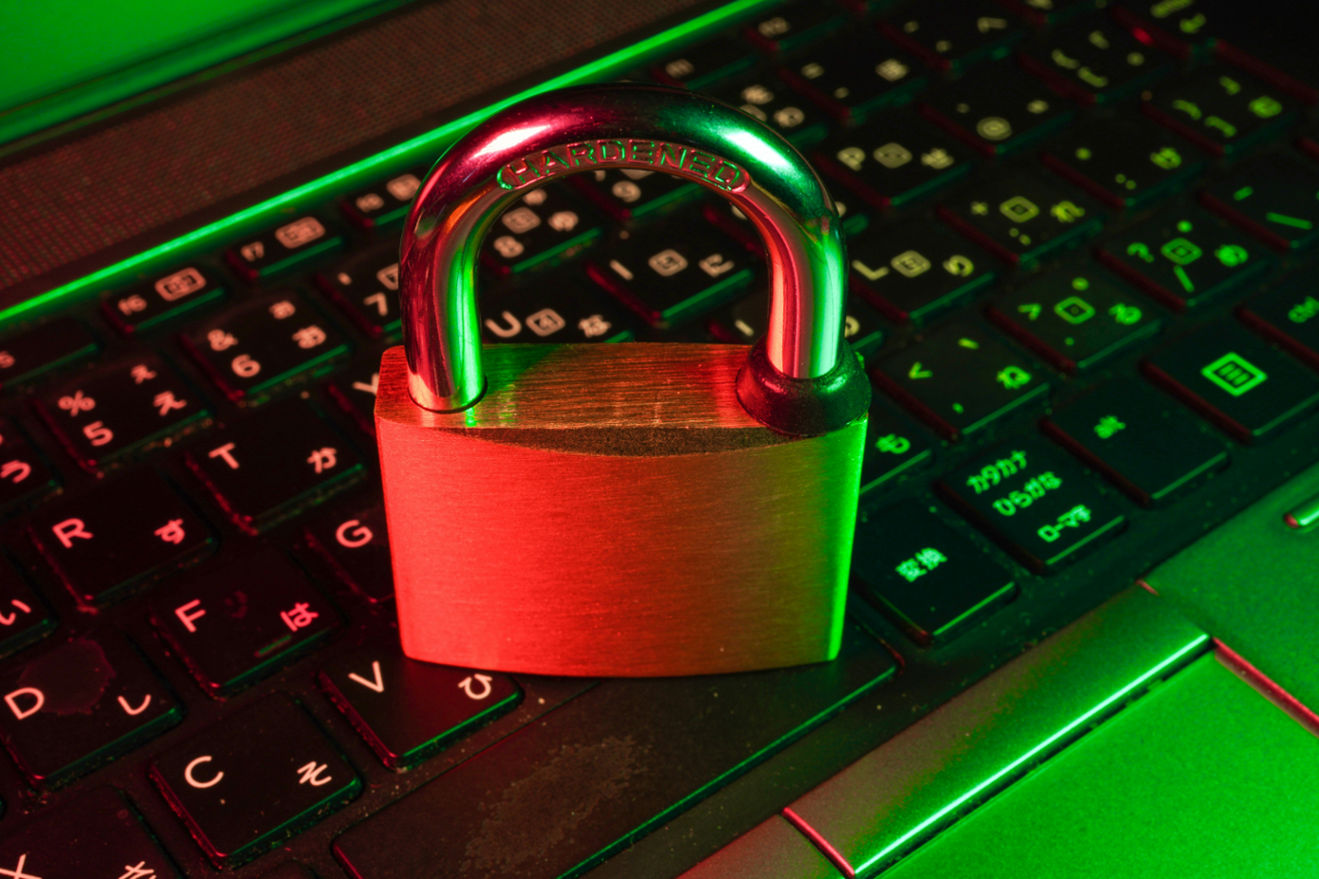
- Advanced Threat Detection: Utilizing machine learning and artificial intelligence, email security systems can analyze patterns and detect anomalies that may indicate a phishing attempt, including subtle signs of clone phishing.
- Phishing Simulation and Training: Regularly exposing users to simulated phishing scenarios can improve their ability to recognize and respond appropriately to real attacks, reducing the likelihood of successful deception.
- Email Authentication Protocols: Implementing protocols like SPF, DKIM, and DMARC can help verify the authenticity of incoming emails, reducing the chances of clone phishing emails bypassing security measures.
- Continuous Monitoring and Response: It is crucial to monitor email traffic on an ongoing basis and respond quickly to detected threats. Automated response mechanisms can isolate and address potential phishing emails, limiting their impact.
How Clone Phishing Emails Mimic Legitimate Content To Deceive Recipients
Clone phishing emails are designed to look and feel like genuine communications from trusted sources. Their effectiveness in deception lies in the meticulous replication of legitimate emails, which can easily mislead recipients into believing they are interacting with a familiar entity.
- Visual Similarity: Clone phishing emails often replicate the branding, formatting, and style of legitimate emails from reputable organizations. This includes using official logos, fonts, and color schemes, making the fraudulent email appear authentic at first glance.
- Content Duplication: Attackers might use content from a genuine email previously sent to the target, modifying it slightly to include malicious links or attachments. This familiarity can lull the recipient into a false sense of security, increasing the likelihood of them engaging with the malicious content.
- Sender Impersonation: By spoofing email addresses or using domains that are visually similar to legitimate ones, attackers can make it appear as though the email is coming from a known and trusted sender. This impersonation is often so subtle that recipients may not notice the deception unless they are specifically looking for it.
- Contextual Relevance: Clone phishing emails might reference recent transactions, ongoing conversations, or current events to enhance their credibility. This relevance encourages recipients to lower their guard, particularly if the email aligns with their expectations or ongoing interactions.
- Urgent Calls to Action: By creating a sense of urgency, such as a fake deadline for responding to the email or addressing a purported issue, attackers can prompt hasty actions from recipients. This urgency discourages the recipient from taking the time to verify the email's legitimacy.
Safeguarding Personal And Sensitive Information
In the context of increasing clone phishing attacks, safeguarding personal and sensitive information becomes paramount. Understanding the best practices for protection, recognizing the inherent risks of sharing information via email, and being aware of the dangers associated with clicking on suspicious links are crucial steps in enhancing your cybersecurity posture.
Best Practices For Protecting Personal Information From Clone Phishing Attacks
To defend against clone phishing, individuals and organizations should adhere to a set of best practices designed to protect personal and sensitive information:
- Verify Sender Identity: Always verify the sender's identity before responding to or acting on email requests. This can involve double-checking email addresses or contacting the sender directly through other means.
- Use Multi-Factor Authentication (MFA): Implementing MFA adds an extra layer of security, ensuring that even if credentials are compromised, unauthorized access is still blocked.
- Educate and Train: Regularly update training programs to include the latest clone phishing tactics. Encourage employees or users to remain vigilant and question the authenticity of unexpected emails.
- Regularly Update Security Software: Keep all cybersecurity software, including antivirus and anti-phishing tools, updated to protect against the latest threats.
- Back-Up Data: Regularly back up important data to minimize the impact in case of a successful phishing attack leading to data loss or ransomware.
Recognizing The Risks Of Sharing Sensitive Information Via Email
Email, by its nature, is not the most secure form of communication, especially when it comes to transmitting sensitive information:
- Inherent Email Risks: Emails can be intercepted, and email accounts can be compromised, making any sensitive information shared via email vulnerable.
- Phishing as a Data Breach Vector: Clone phishing can specifically target emails that contain sensitive information, leading to targeted attacks and significant breaches.
- Limiting Exposure: Avoid sharing sensitive personal or business information via email. If absolutely necessary, use encrypted email or secure file transfer options.
The Dangers Of Clicking On Suspicious Links In Clone Phishing Emails
Suspicious links in clone phishing emails are a direct threat to cybersecurity:
- Malware and Ransomware: Clicking on a link can download malware or ransomware, compromising individual or organizational security.
- Credential Theft: Many phishing links lead to fake login pages designed to steal user credentials, which can then be used for further malicious activities.
- Data Exposure: Access gained through phishing can lead to exposure and theft of sensitive data, with far-reaching consequences.
Safeguarding Personal And Sensitive Information
In the digital age, where data breaches and cyber-attacks are increasingly common, safeguarding personal and sensitive information is more crucial than ever. Clone phishing poses a significant threat to the security of such information. Understanding the importance of protecting login credentials and the role of awareness training can empower individuals and organizations to better defend against these insidious attacks.
Importance Of Safeguarding Login Credentials And Avoiding Password Reuse
Login credentials are the keys to your digital kingdom. Once stolen, they can give attackers unfettered access to your personal and professional data. Here’s why safeguarding these credentials is vital:
- Single Point of Failure: Using the same password across multiple accounts creates a single point of failure. Once a hacker accesses one account, they can potentially breach additional accounts.
- Complex and Unique Passwords: Strong, unique passwords for each account reduce the risk of multiple compromises from a single data breach.
- Password Managers: Utilizing a password manager can help manage complex passwords, reducing the temptation to reuse passwords due to difficulty remembering them.
- Two-Factor Authentication (2FA): Enabling 2FA adds an additional layer of security, ensuring that even if credentials are compromised, there is an extra barrier to unauthorized access.
Clone Phishing Awareness Training: Human Firewall
Humans can be the weakest link or the strongest defense in the cybersecurity chain. Training individuals to recognize and respond appropriately to clone phishing attempts transforms them into a "human firewall."
- Regular Training: Ongoing education sessions can keep all team members up-to-date on the latest phishing tactics, including clone phishing, ensuring they remain vigilant.
- Simulation Exercises: Simulated phishing attacks can provide practical experience, helping individuals recognize and avoid real-world phishing attempts.
- Creating a Reporting Culture: Encouraging the reporting of suspicious emails without fear of retribution can help organizations react swiftly to potential threats.
- Empowering Employees: Educated employees are more likely to question suspicious emails and less likely to engage with or act on them, significantly reducing the risk of successful phishing attacks.
Recovery And Response From Clone Phishing
When an individual or organization falls victim to a clone phishing attack, swift and strategic actions are crucial to mitigate the damage and prevent further breaches. Understanding the recovery and response process can help efficiently address the aftermath of an attack and reinforce defenses against future threats.
Immediate Actions Post-Detection
- Identify and Isolate: Quickly identify the compromised areas and isolate affected systems to prevent the spread of the attack. This may involve disconnecting from the network or shutting down certain systems.
- Change Credentials: Immediately change passwords and login details, especially if the compromised information includes credentials. Ensure that the new passwords are strong and unique.
- Notify Relevant Parties: Inform IT departments, security teams, or cybersecurity providers about the breach. If customer data is affected, consider the legal and ethical implications, which may require notifying the affected individuals and possibly public authorities.
- Analyze the Attack: Conduct a thorough analysis to understand how the phishing attack succeeded, what information was compromised, and the potential impact. This analysis is crucial for strengthening future defenses.
Long-Term Recovery Strategies
- Review and Enhance Security Measures: Based on the attack analysis, review and enhance security protocols, update software, and ensure that all systems are patched against known vulnerabilities.
- Monitor for Anomalies: In the weeks and months following the attack, closely monitor systems and accounts for any unusual activities, as attackers might have planted backdoors or other means to maintain access.
- Legal and Compliance Review: Understand and comply with legal obligations regarding data breaches, which may include reporting to authorities and affected parties within stipulated timeframes.
Preventative Measures and Future Readiness
- Implement Regular Training: Conduct regular training sessions for employees to recognize and respond to phishing attacks. Use the incident as a learning opportunity to enhance awareness.
- Simulate Phishing Attacks: Regularly simulate phishing attacks to test employee readiness and the effectiveness of the current security posture.
- Develop a Response Plan: Having a detailed and tested incident response plan is essential for quick and effective action in the event of future phishing attacks or other cybersecurity incidents.
Recovering from a clone phishing attack is not just about addressing the immediate impacts but also about using the experience to fortify defenses, improve response strategies, and ensure that both individuals and the organization are better prepared to face future cyber threats.
How Can Redzone Technologies Help Against Clone Phishing?
Redzone Technologies is at the forefront of combating clone phishing attacks, offering a suite of services and solutions tailored to enhance your organization's cybersecurity defenses. By upgrading security, leveraging key partnerships, and providing a range of solutions and services, Redzone Technologies equips businesses with the necessary tools to detect, prevent, and respond to clone phishing threats effectively.
Upgrade Your Security
Redzone Technologies emphasizes the importance of a robust security infrastructure to combat clone phishing. Upgrading your security measures can significantly reduce the risk of such attacks:
- Advanced Email Filtering: Implement cutting-edge email filtering solutions that utilize machine learning and AI to detect and block clone phishing attempts before they reach user inboxes.
- Endpoint Protection: Ensure all devices have the latest endpoint security software, which provides another layer of defense against phishing attempts that might bypass email filters.
- Network Security Enhancements: Strengthen your network's defenses with firewalls, intrusion detection systems, and secure web gateways, creating a comprehensive barrier against cyber threats.
Key Partnerships
Through strategic partnerships with leading cybersecurity firms, Redzone Technologies offers access to a wide array of advanced tools and insights:
- Collaborative Defense: Benefit from a collaborative approach to cybersecurity, leveraging shared intelligence and cutting-edge technologies developed through partnerships with industry leaders.
- Expertise and Support: Gain direct access to cybersecurity experts and receive support tailored to your organization's specific needs and threat landscape.
Featured Solutions/Related Services
Redzone Technologies provides a portfolio of solutions and services designed to address various aspects of cybersecurity:
- Virtual Security Operations: Our Virtual Security Operations offers expertly managed security services that monitor and protect your digital environment around the clock.
- RedZone Products: Explore the options at RedZone Products, Featuring a selection of security products tailored to address specific challenges in safeguarding digital assets.
- IT Security Assessment & Professional Services: RedZone delivers thorough IT Security Assessment Professional Services to identify vulnerabilities and strengthen defenses. Details can be found at
By partnering with Redzone Technologies, your organization can access a wealth of resources and expertise, ensuring you are well-equipped to face the evolving challenge of clone phishing and safeguard your valuable data and systems.
Conclusion
Clone phishing represents a sophisticated evolution in the landscape of cyber threats, demanding a vigilant and multi-faceted approach to email security. Its ability to mimic legitimate communications poses a significant challenge, requiring individuals and organizations to be ever-diligent in recognizing and responding to these deceptive tactics.
Awareness and education are key in combating clone phishing. Understanding the methods used by attackers, recognizing the signs of a clone phishing attempt, and knowing the best practices for safeguarding sensitive information are essential steps in building a resilient defense. Organizations must prioritize regular training, adopt advanced security technologies, and foster a culture of cybersecurity awareness.
Redzone Technologies stands ready to assist in this endeavor, offering advanced solutions, strategic partnerships, and expert guidance to fortify defenses against clone phishing. Our Resources include whitepapers, case studies, blogs, and webinars that cover a wide range of cybersecurity topics. For more information on securing your organization's future with proactive cybersecurity measures, Contact Us today. By upgrading security infrastructure, leveraging collective cybersecurity intelligence, and ensuring that all team members are informed and prepared, businesses can significantly mitigate the risks posed by these cunning cyber threats.
FAQs
What Steps Should One Take If They Suspect They've Received A Clone Phishing Email?
- Do Not Interact: Avoid clicking on any links, downloading attachments, or responding to any requests within the email.
- Verify the Sender: If you suspect an email is a clone phishing attempt, verify the sender's identity through other means of communication. Do not use any contact information provided in the suspicious email.
- Report the Email: Notify your organization's IT or cybersecurity team. If you're an individual user, report the email to the appropriate authorities or organizations that handle cyber threats.
- Mark as Spam: Flag the email as spam or junk in your email client, which helps email providers improve their filtering processes.
- Change Passwords: If you suspect your information may have been compromised, change your passwords immediately, especially for accounts related to the content of the phishing email.
- Educate Yourself: Familiarize yourself with the characteristics of clone phishing emails to better identify potential threats in the future.
How Do Anti-Phishing Tools And Technologies Help In Combating Clone Phishing?
Anti-phishing tools and technologies are designed to identify, mitigate, and prevent
Anti-phishing tools and technologies play a critical role in combating clone phishing by providing several layers of defense. These tools help in identifying and neutralizing threats before they reach the end user or in assisting users in recognizing and handling these threats effectively if they do penetrate initial defenses.
Email filtering systems are a foundational element in this defense, using advanced algorithms to scrutinize incoming emails for signs of phishing. They assess various aspects of each email, such as the sender's reputation, the presence of suspicious links, and the use of language typically associated with phishing attempts. When a potential clone phishing email is detected, the system can block it, quarantine it for further review, or flag it for the recipient with a warning.
Web browser extensions are another line of defense, offering real-time analysis of website users visit. If a user clicks on a link in an email that leads to a phishing site, the browser extension can detect the malicious nature of the site based on various indicators, such as the site's reputation or a mismatch between the site's actual identity and the entity it purports to be. The extension can then alert the user and prevent them from inputting sensitive information.
How Does Clone Phishing Exploit The Human Element In Cybersecurity?
Clone phishing is a sophisticated cyberattack method in which attackers create nearly identical replicas of legitimate emails with malicious intent. This technique exploits one of the most challenging security elements in the cybersecurity landscape: the human factor. Understanding how clone phishing exploits human psychology can help organizations bolster their defenses against such insidious threats.
Clone phishing involves the creation of fraudulent emails that mimic legitimate ones, often replacing links or attachments with malicious versions. The attackers might use a legitimate email that the recipient has previously received, modifying it slightly to execute their nefarious objectives. The email might look as if it's coming from a trusted source, such as a well-known corporation or a colleague, making it particularly deceptive.
At the heart of clone phishing lies social engineering, a tactic that manipulates individuals into breaking normal security procedures. By exploiting the natural human tendency to trust, especially when dealing with familiar content, attackers can trick recipients into divulging sensitive information, clicking on malicious links, or downloading infected attachments.
What Are The Key Components Of Effective Clone Phishing Awareness Training?
To combat clone phishing, organizations must invest in comprehensive awareness training. Such training should educate employees about the nuances of clone phishing and equip them with the skills to identify and respond to such threats.
Effective clone phishing awareness training is essential for employees to understand the nuances of clone phishing and how it differs from other phishing tactics. Such training should provide clear examples of clone phishing emails, pointing out the subtle signs that help differentiate malicious communications from legitimate ones.
Additionally, it is vital that the training enables employees to recognize potential phishing emails by examining email addresses for slight inconsistencies, analyzing the content for signs of urgency or unusual requests, and confirming the legitimacy of suspicious emails through other communication methods.
To keep pace with the rapidly evolving cyber threat landscape, awareness training must be regularly updated and include simulated phishing exercises, allowing employees to remain alert and responsive to new threats.
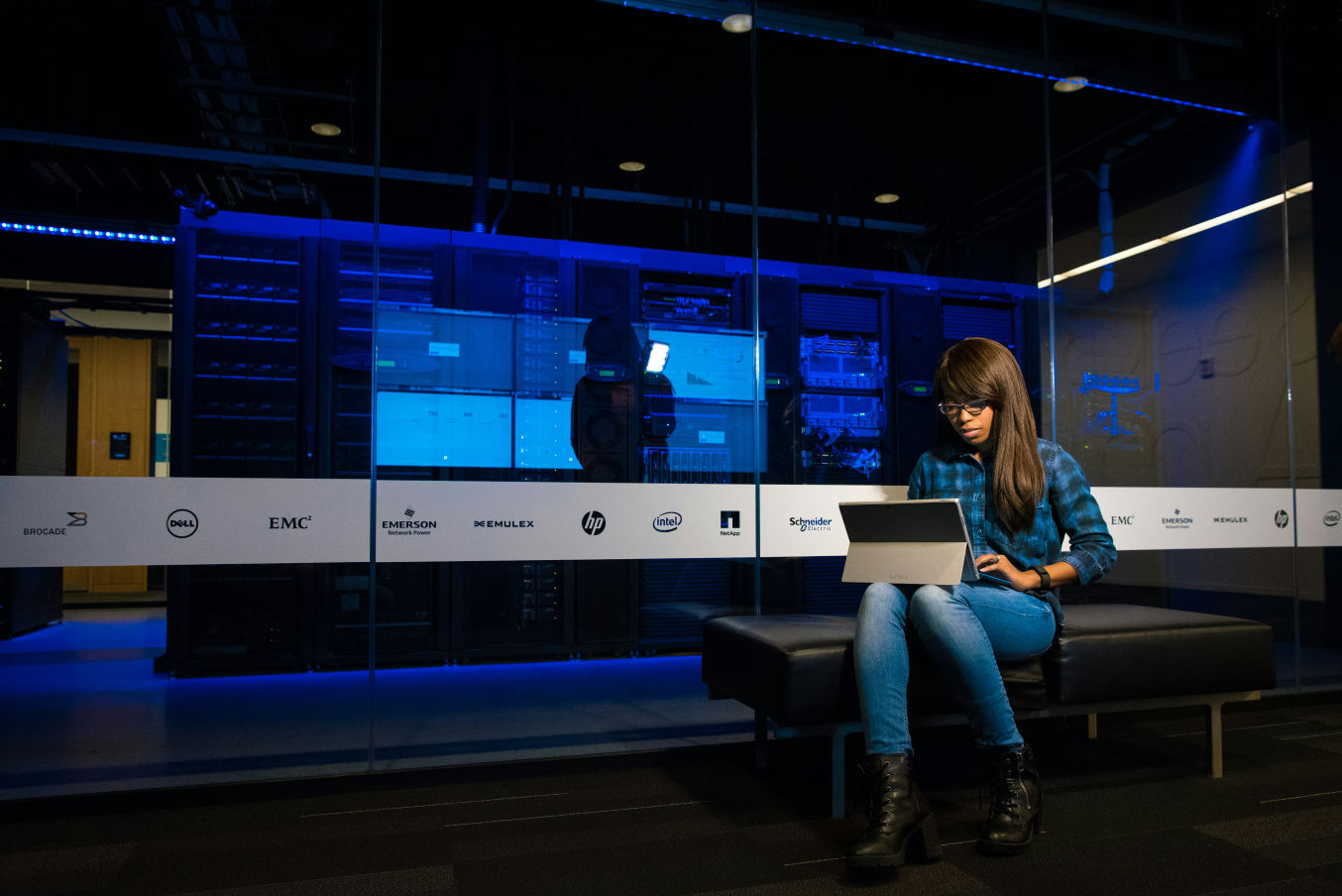 Security Updates
Security UpdatesUnderstanding IT Compliance: Scope, Benefits, and Challenges
Discover what IT compliance is, its importance, benefits, risks of non-compliance, frameworks, and how to achieve robust IT compliance in your organization.
 Security Updates
Security UpdatesImplement Secure Browsing with Powerful SSL Decryption
Explore the essentials of SSL decryption, its importance, challenges, and best practices for enhancing security and compliance for business in a detailed guide
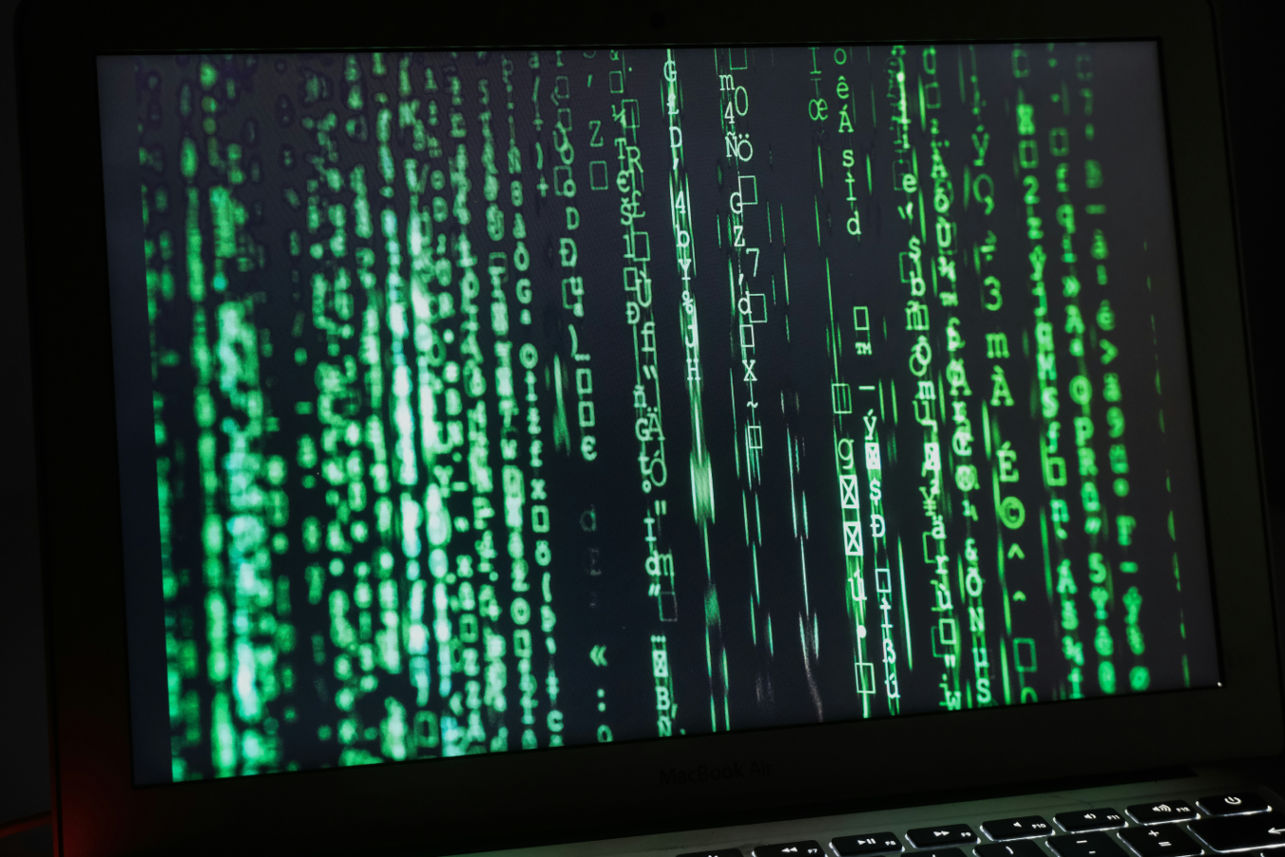 Security Updates
Security UpdatesTransitioning from Proxy Firewalls to Endpoint Security
Explore the evolution from proxy firewalls to endpoint security, enhanced threat detection, data encryption, and comprehensive protection for modern networks.
 Security Updates
Security UpdatesExpert IT Risk Assessment: Protect Your Business Today!
Mitigate potential IT threats with our comprehensive risk assessment guide, ensuring your digital infrastructure. Ensure your business is secure an...
 Security Updates
Security UpdatesEssential Guide to Best Practices in Compliance Security
Explore essential strategies for compliance security in this comprehensive guide. Learn about safeguarding your business and meeting regulatory sta...
 Security Updates
Security UpdatesSecure Your Data with Expert Cloud Database Solutions
Learn efficient solutions and secure your cloud databases with encryption and compliance features, ensuring data safety and privacy across all plat...
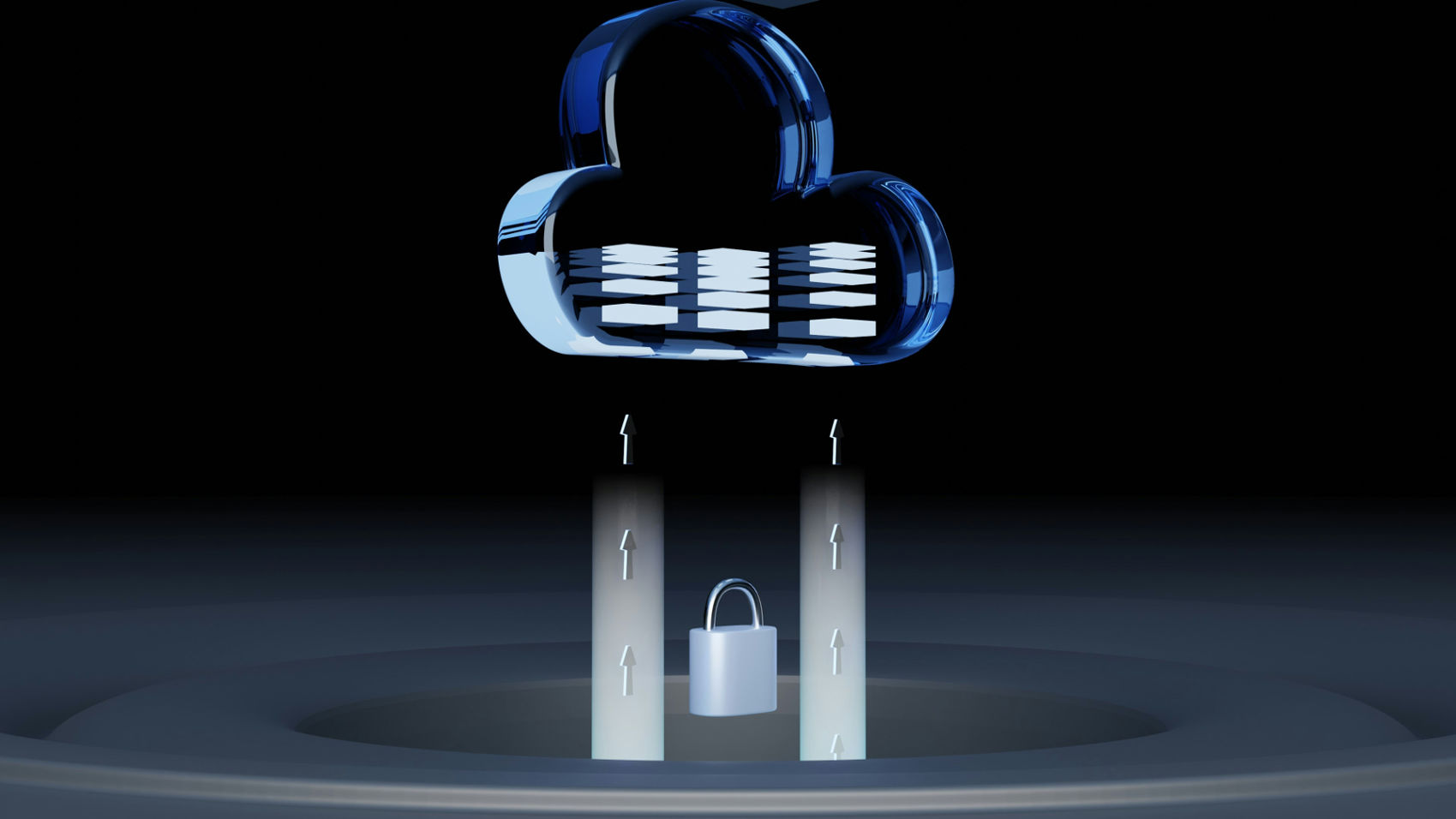 Security Updates
Security UpdatesA Guide to Cloud Network Technology: Benefits and Types
Unlock the potential of cloud network technology for seamless connectivity. Learn and scale solutions that drive business innovation and growth via...
 Security Updates
Security UpdatesAffordable Managed IT Services for Small Businesses
Explore top-managed IT services for small businesses to boost efficiency and security. Get expert insights and practical tips to optimize your IT o...
 Security Updates
Security UpdatesSecure Your Network with Gateway Security Solutions
Explore the essentials of gateway security: learn about its importance for network protection and best practices to safeguard your digital assets e...
 Security Updates
Security UpdatesDisaster Recovery Testing: Ensure Business Continuity
Explore effective disaster recovery testing strategies in this guide to maintain business continuity, prevent data loss, and minimize downtime duri...
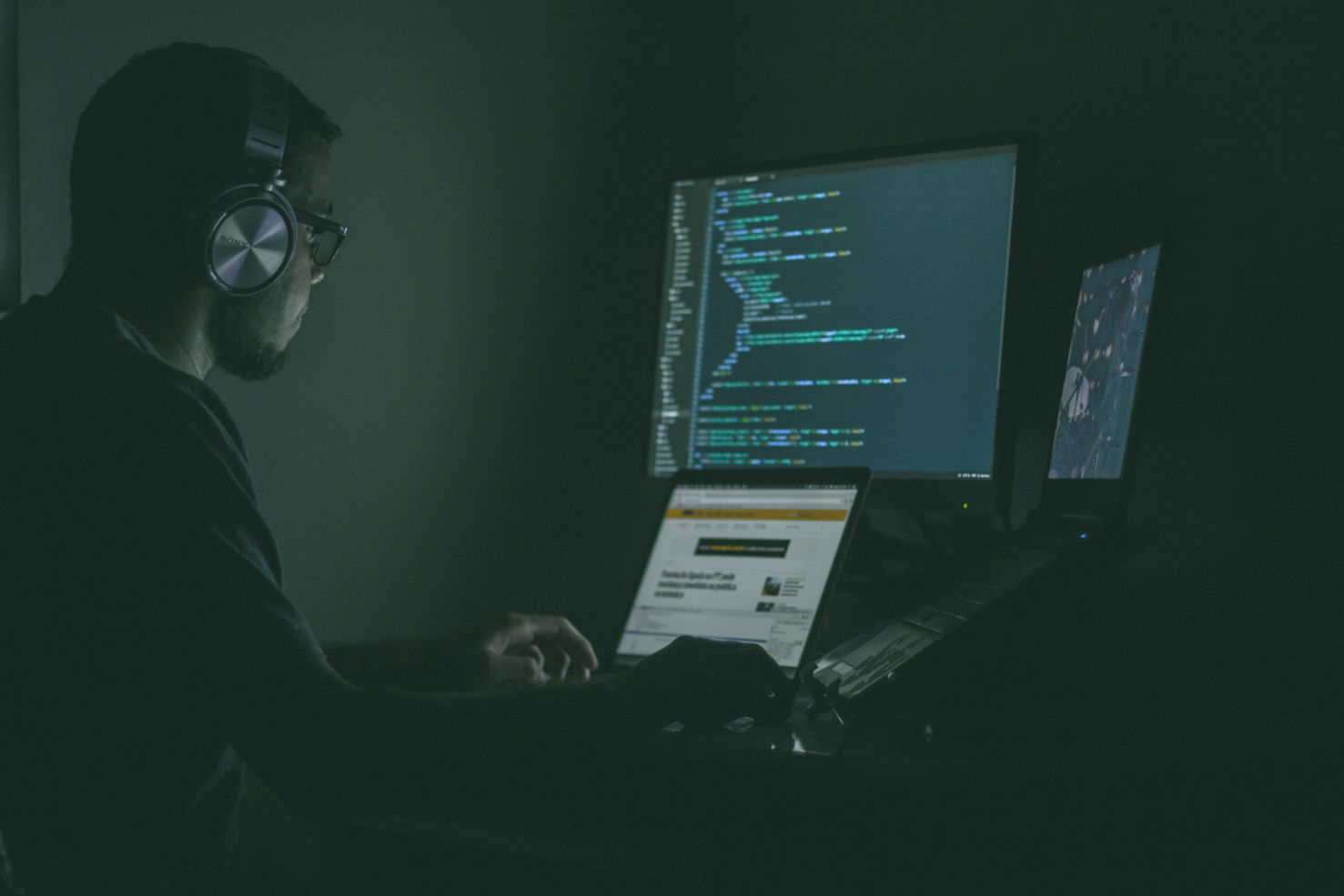 Security Updates
Security UpdatesMaximizing Security: Vulnerability Management Lifecycle
Explore the complete guide to the Vulnerability Management Lifecycle to boost your cyber resilience and secure your business IT infrastructure effe...
 Security Updates
Security UpdatesYour Network with Endpoint Security Management
Explore our comprehensive guide on Endpoint Security Management to understand its importance, how it works, and best practices for robust network s...
 Security Updates
Security UpdatesEnsuring Security Compliance: Tips, Insights & Strategies
Discover the essentials of security compliance, its importance, frameworks, and tools. Learn how to protect data and meet regulatory standards effe...
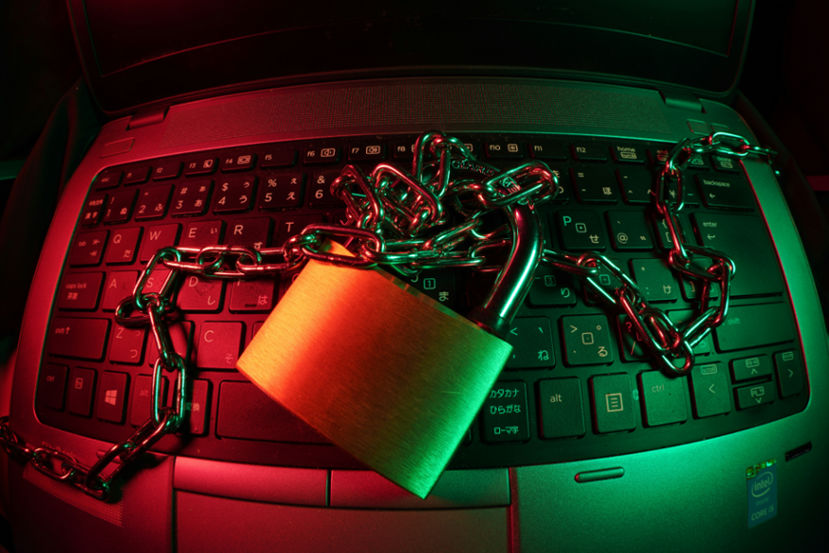 Security Updates
Security UpdatesBoost Your Security with Internal Penetration Testing
Dive into internal penetration testing with our in-depth guide. Learn the essentials, techniques, and best practices to fortify your cybersecurity ...
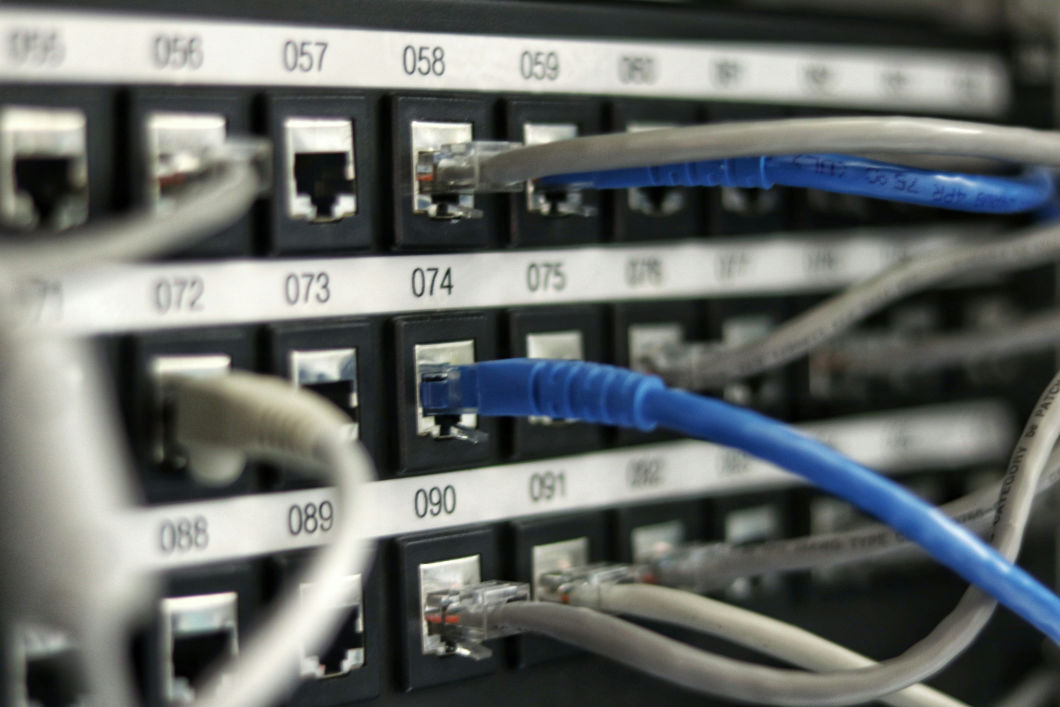 Security Updates
Security UpdatesEgress vs Ingress: A Guide to Data Traffic Management
Understand Egress vs Ingress in data management. Learn and explore their roles, traffic analysis, risks, and best practices for network and cloud s...
 Security Updates
Security UpdatesPrevent Credential Harvesting to Protect Your Precious Data
Understand credential harvesting. Learn how it works, common techniques, its impact, and strategies to prevent and mitigate attacks to secure your ...
 Security Updates
Security UpdatesSecure Your Big Data: Top Solutions for Data Security
Protect your valuable data with our robust big data security solutions. Learn about the threats and Safeguard against cyber threats and ensure comp...
 Security Updates
Security UpdatesSecure Your Network with Advanced Management Solutions
Explore the details of comprehensive network security management: Learn key strategies, best practices, and tools to safeguard your digital environ...
 Security Updates
Security UpdatesGuide to On-Path Attacks: Protecting Your Cybersecurity
Learn about on-path attacks in this comprehensive guide, exploring definitions, types, consequences, and key prevention strategies to safeguard you...
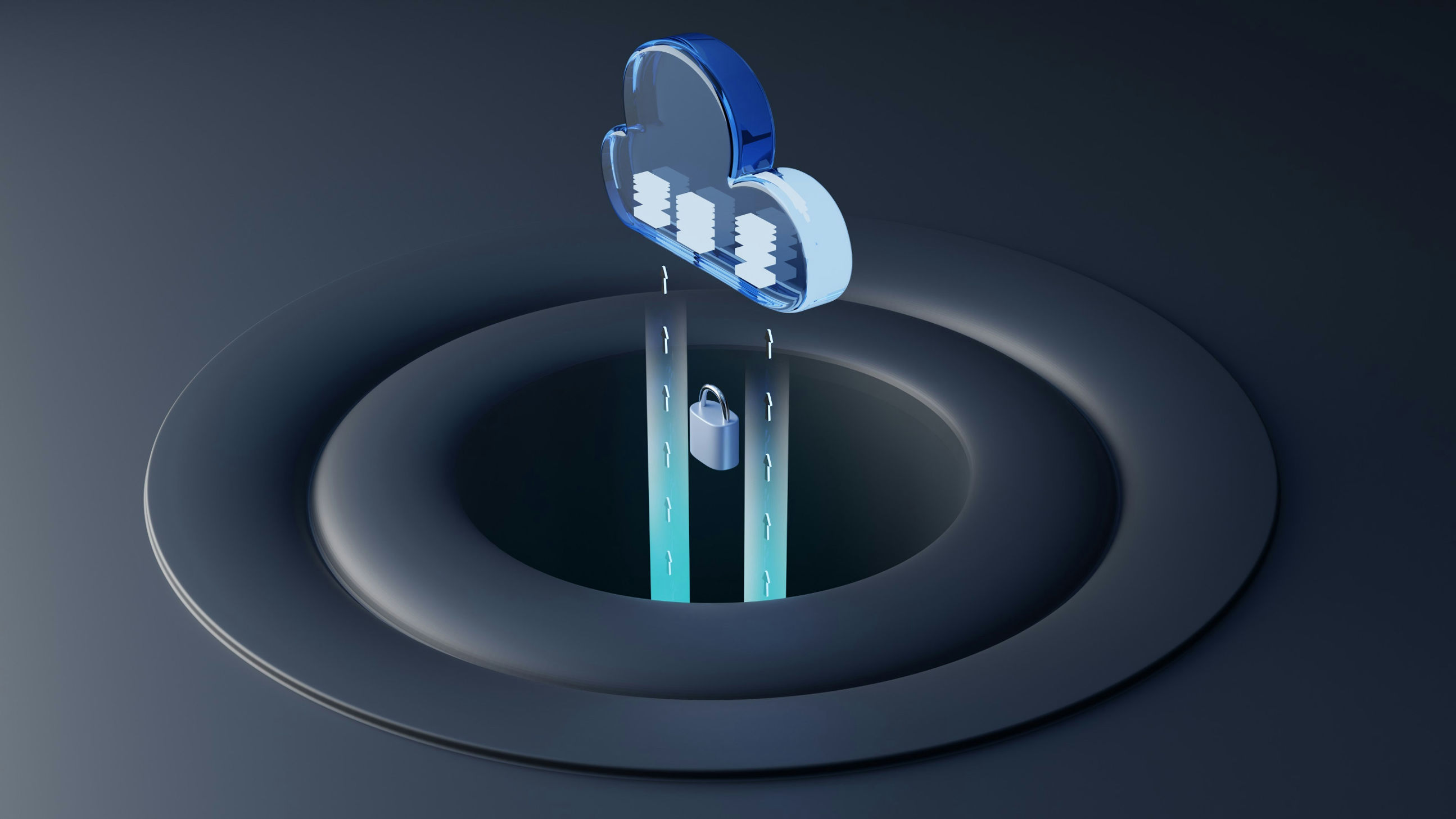 Security Updates
Security UpdatesExploring Managed Cloud Services: A Comprehensive Guide
Dive into the Managed Cloud Services with our in-depth guide. Explore benefits, types, and best practices to enhance your business's cloud strategy...
 Security Updates
Security UpdatesComprehensive Guide to Ubiquitous Computing: Impact & Future
Explore the details of ubiquitous computing, from its core concepts and layers to its societal impact, key technologies, applications, and future p...
 Security Updates
Security UpdatesClone Phishing Explained: Detection and Prevention Guide
Discover how clone phishing works and its impact. Learn effective strategies to identify, prevent, and respond to these sophisticated email threats...
 Security Updates
Security UpdatesHow to Secure Your Business with Cyber Security Insurance
Explore the essentials of Cyber Security Insurance, covering its importance, types of coverage, benefits, and considerations for businesses in the ...
 Security Updates
Security UpdatesEfficient Data Spooling Solutions For Streamlined Operation
Learn How To Efficiently Manage And Store Your Data With Our Reliable Data Spooling Services. Keep Your Information Organized And Accessible With T...
 Security Updates
Security UpdatesMaximizing Compliance & Risk Management: Expert Strategies
Learn how to ensure business success with effective compliance and risk management strategies. Explore definitions, differences, frameworks, and ch...
 Security Updates
Security UpdatesUnderstanding MDF vs IDF: Key Differences & Benefits
Explore the crucial differences and examples between MDF and IDF in networking, understanding their roles, functions, and impact on network infrast...
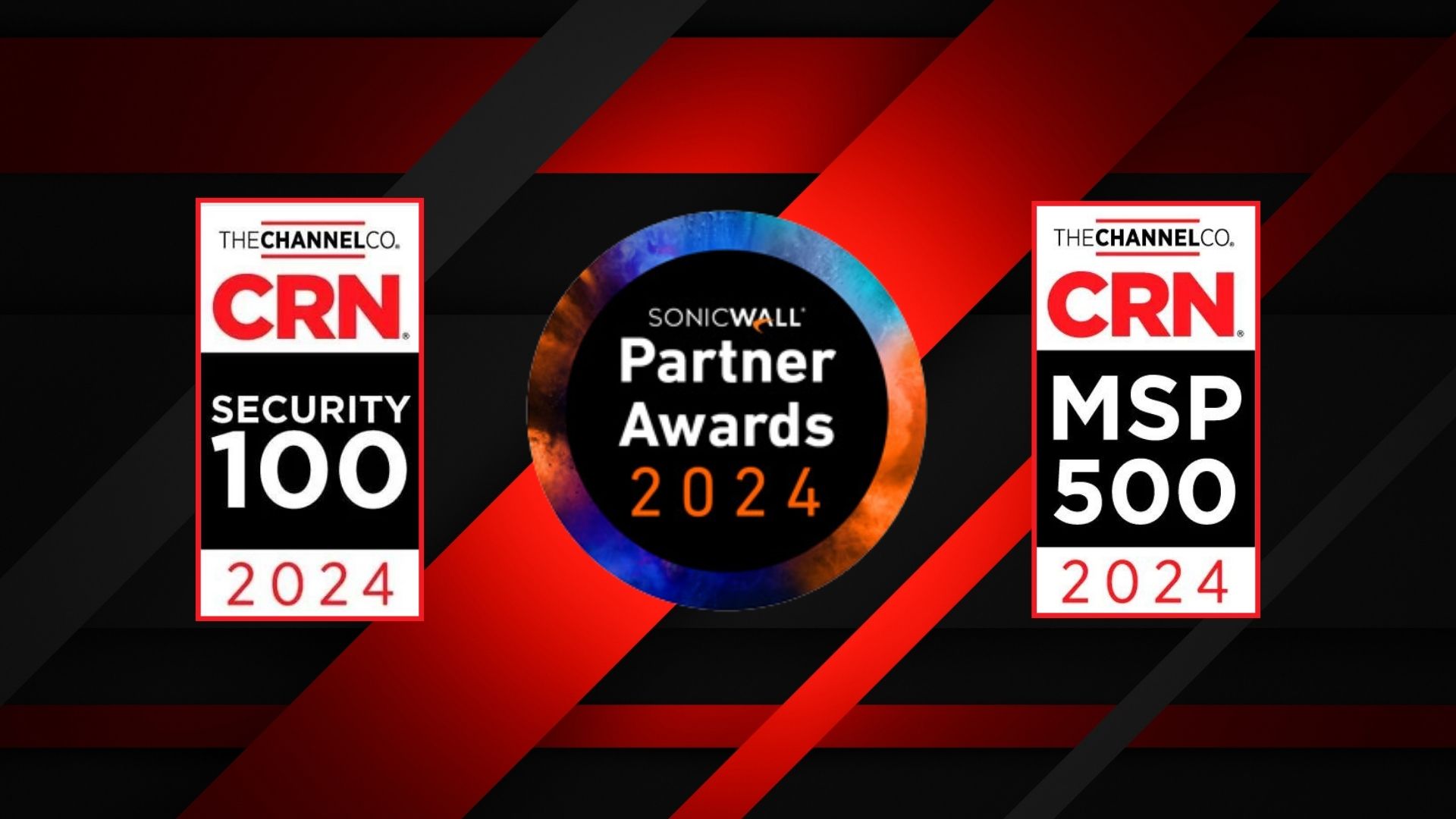 Security Updates
Security UpdatesRedZone Wins CRN's Top Security 100 & MSP 500 Awards 2024
RedZone Technologies earns CRN's Security 100 & MSP 500 Awards, affirming its leadership and innovative approach in the cybersecurity and IT manage...
 Security Updates
Security UpdatesJames Crifasi Speaks on Cybersecurity at Tech Conference
Join James Crifasi, CTO & COO of RedZone Technologies, at the Tech Conference as he explores cybersecurity's role in driving business growth and ad...
 Security Updates
Security UpdatesRedZone's James Crifasi Wins SonicWall's Technical Hero Award
CTO James Crifasi of RedZone Technologies earns SonicWall's Technical Hero of the Year, exemplifying unparalleled dedication to cybersecurity and I...
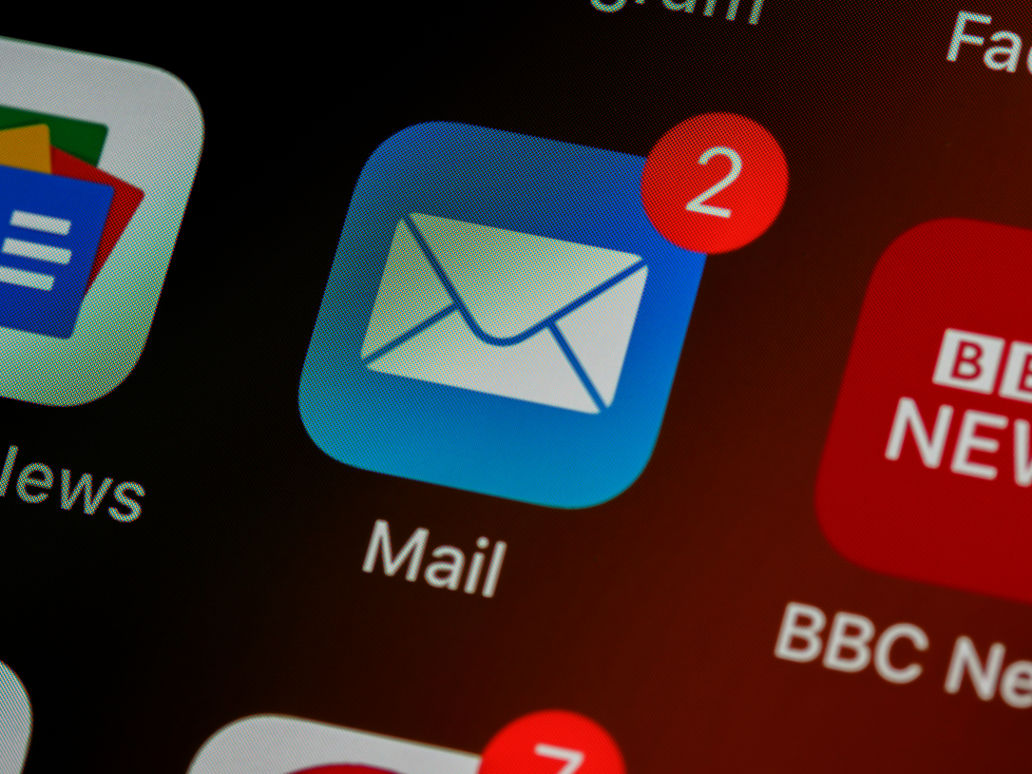 Security Updates
Security UpdatesHow to Encrypt Email in Outlook
Learn how to encrypt email in Outlook with our step-by-step guide. Secure your messages using S/MIME, Office 365 Encryption OME, and add-ins for pr...
 Security Updates
Security UpdatesWhat Is Security Monitoring? Importance and Tools
Explore the importance of security monitoring, its key roles, types, and how it protects organizations against threats, ensuring compliance and pro...
 Security Updates
Security UpdatesServer 2012 R2 End of Life: Implications and Next Steps
Learn about Server 2012 R2 end of life: Understand its impact, key dates, risks post-EOL, and explore upgrade options and migration strategies for ...
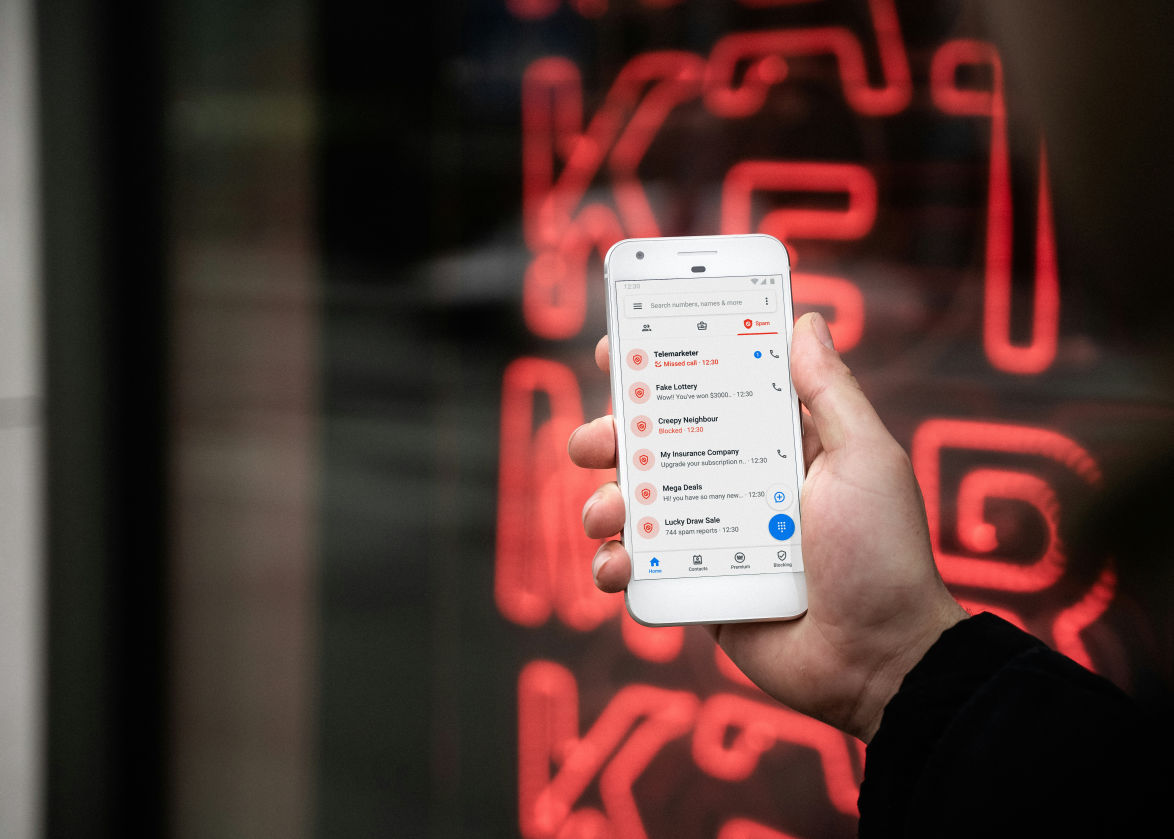 Security Updates
Security UpdatesProtect Personal Data: Smishing and Phishing Prevention
Know how to identify and protect against smishing and phishing attacks. Learn the techniques, types, and preventive measures for personal and busin...
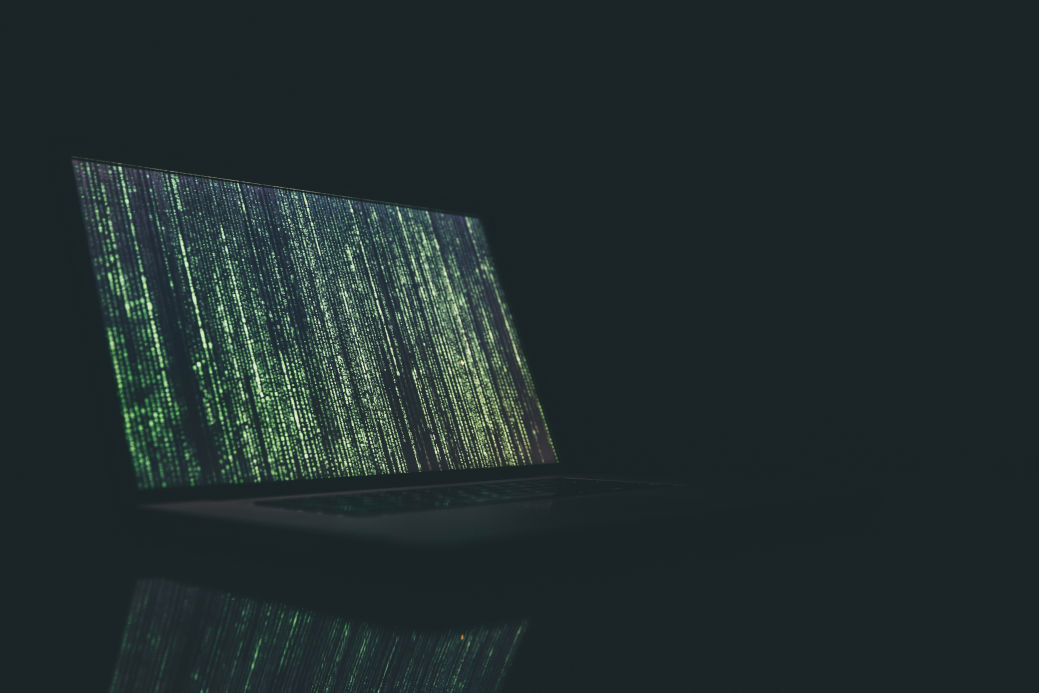 Security Updates
Security UpdatesSmurf Attack Guide: Prevention & Detection Strategies
Explore prevention & recovery from Smurf Attacks: Understand DDoS defense, detection signs, and secure network practices in our detailed cybersecur...
 Security Updates
Security UpdatesWhat is a Bad USB Attack, and How Do You Prevent It?
Learn about Bad USB attacks, their various forms, and strategies for safeguarding devices. Learn how to mitigate risks with effective prevention te...
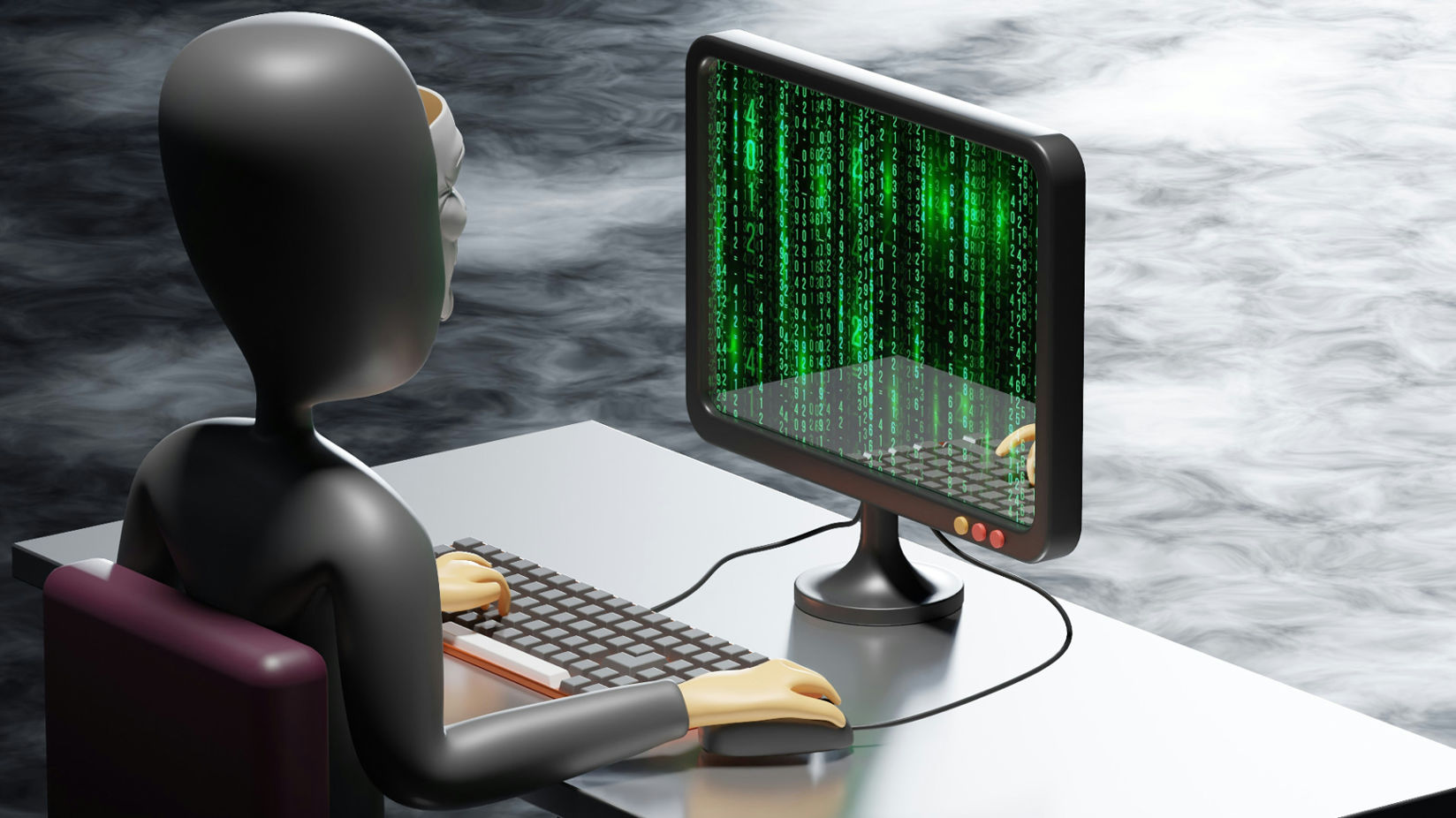 Security Updates
Security UpdatesKey Differences Between DOS Attack vs DDOS Attack
Explore the key differences between DDoS vs DoS attacks, their types, impacts, and prevention strategies in our comprehensive guide to enhance cybe...
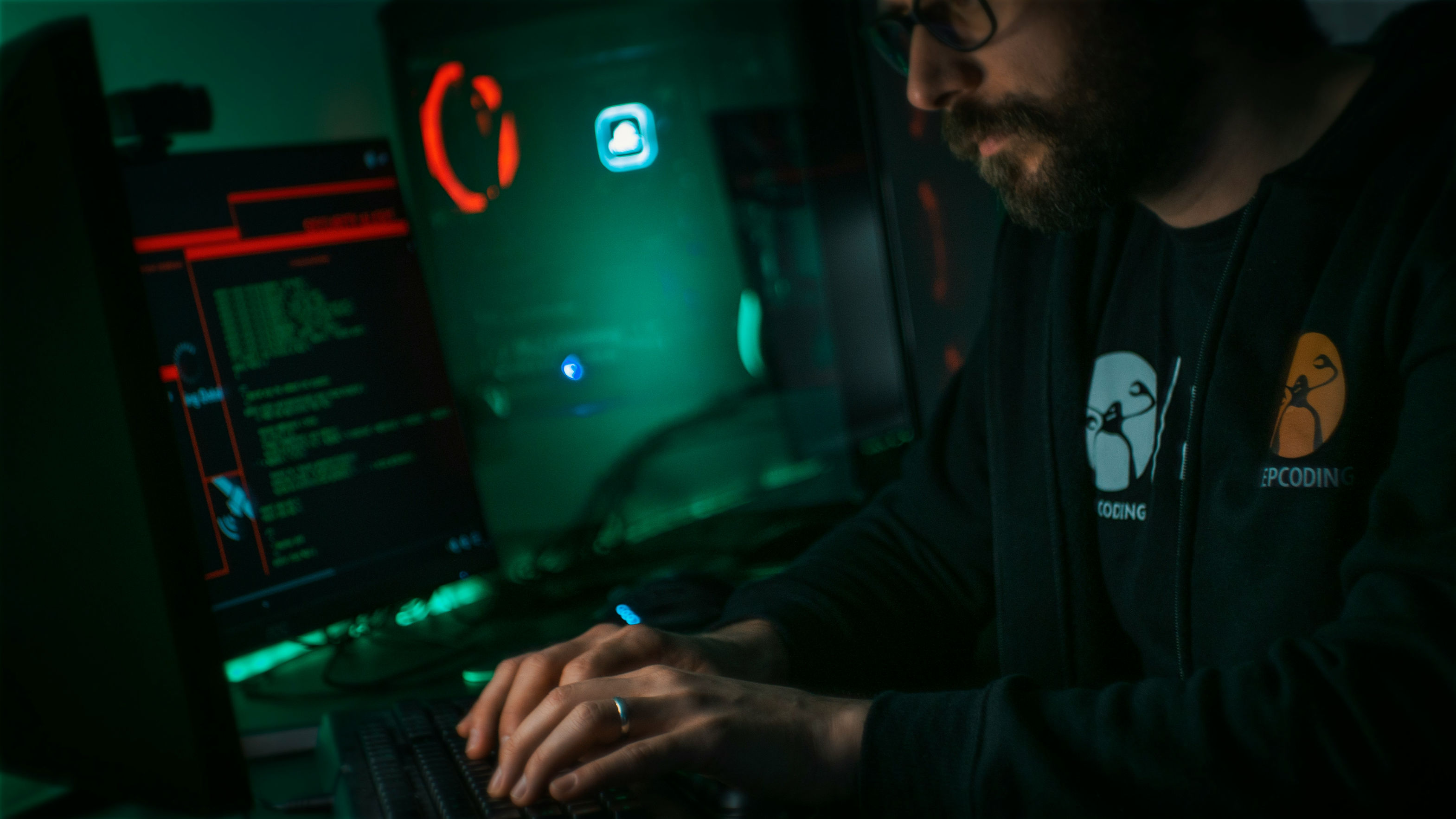 Security Updates
Security UpdatesUnderstanding the Impact of a Ping of Death Attack
Explore the ins and outs of Ping of Death attacks. Understand how they work, their impact on networks, and strategies to prevent them to keep your ...
 Security Updates
Security UpdatesThe Power of the Human Firewall: Your First Line of Defense
Discover the critical role of the human firewall in cybersecurity, combining employee vigilance with technology to protect against cyber threats ef...
 Security Updates
Security UpdatesStateful Firewall vs. Stateless Firewalls: What's the Difference?
Learn the key differences between stateful and stateless firewalls and how they protect your network. Discover the right choice for your security n...
 Security Updates
Security UpdatesUnderstanding the 4 Levels of PCI Compliance
Explore PCI DSS Compliance with RedZone: Key steps to protect card data and ensure secure transactions. Learn about compliance levels and tips for ...
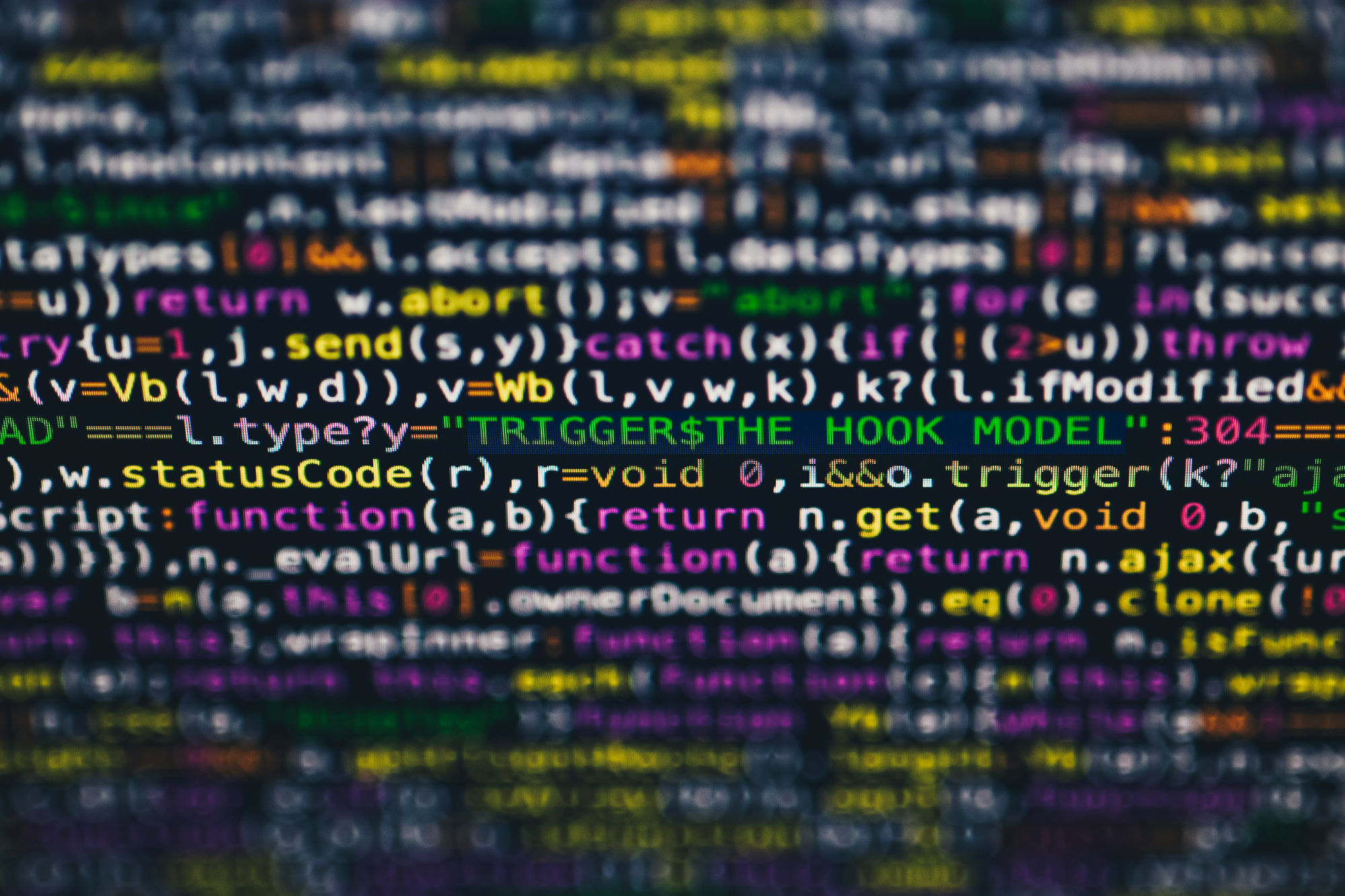 Security Updates
Security UpdatesWhat Is a Security Breach and How to Prevent Them
Learn how to effectively guard your business against security breaches with RedZone Technologies. Discover simple steps to keep your data safe and ...
 Security Updates
Security UpdatesUnderstanding Tailgating in Cybersecurity
Understand tailgating attacks in cybersecurity: what they are, how they work, and effective strategies for prevention to keep your business...
 Security Updates
Security UpdatesWhat is a Managed Service Provider and Its Benefits
Explore the role of Managed Service Providers (MSPs) in enhancing IT efficiency and cybersecurity for businesses, covering benefits, servi...
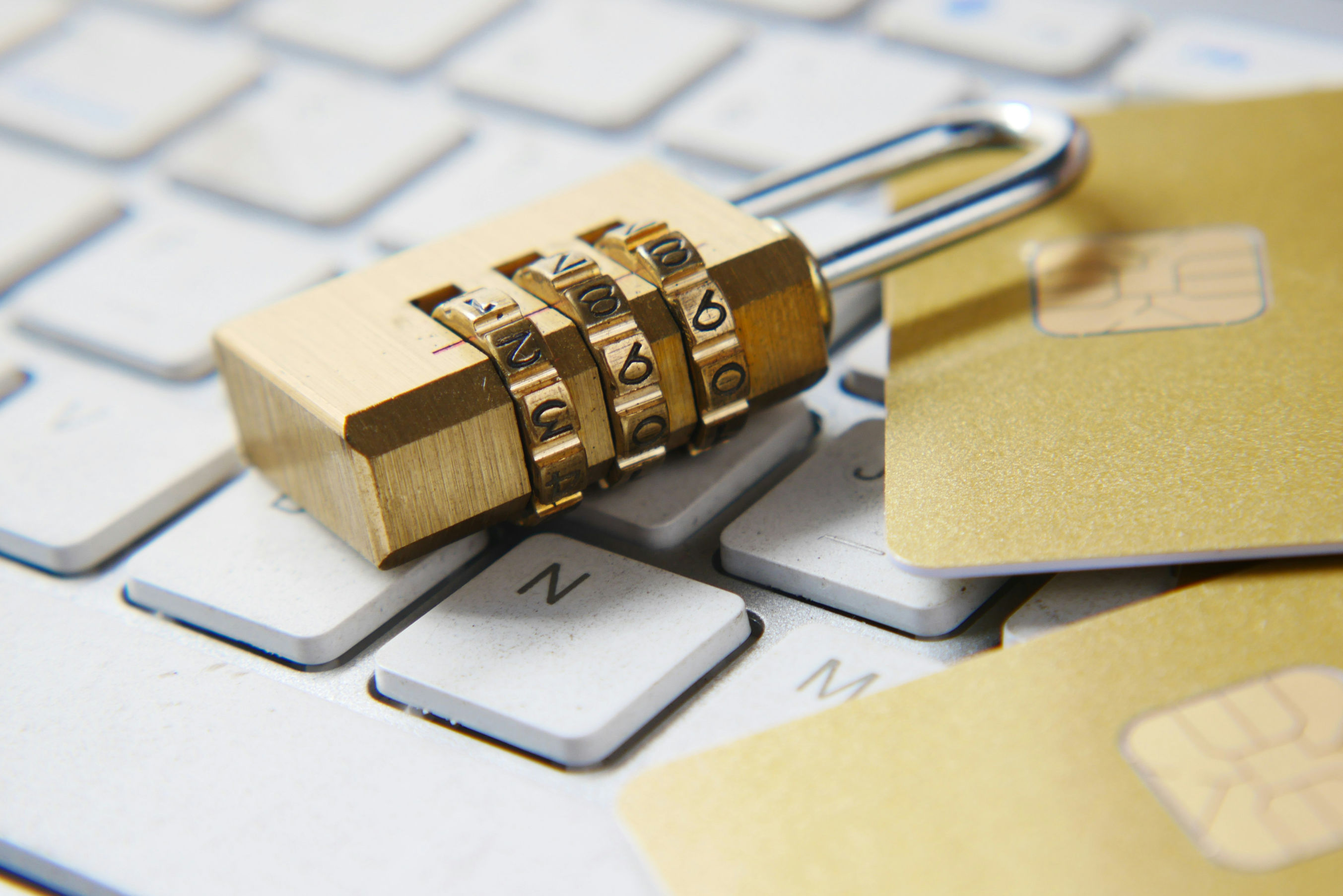 Security Updates
Security UpdatesBreach Prevention: 5 Best Practices to Protect Your Data
Learn about data breaches: what they are, their impact, and how to prevent them. Explore best practices for securing your business against cyber th...






